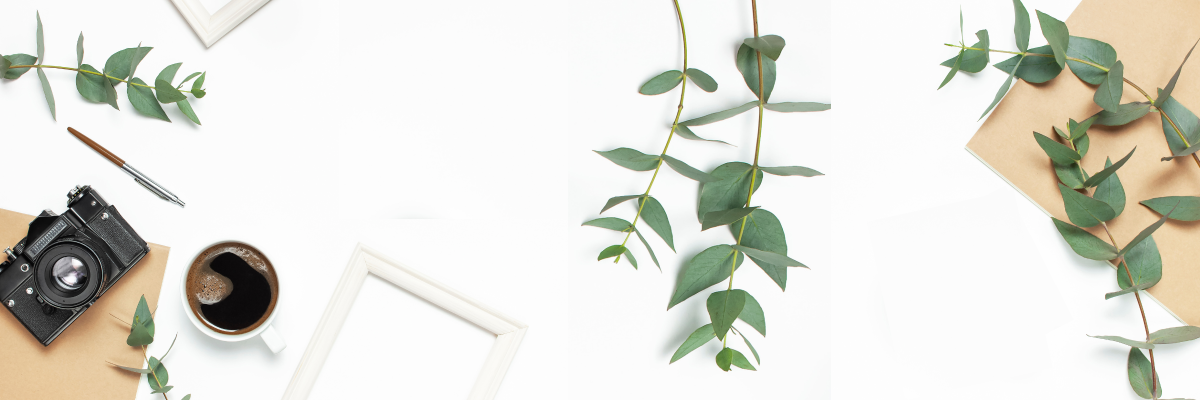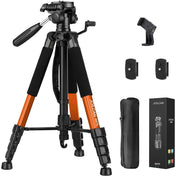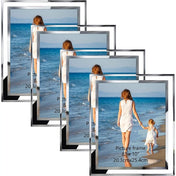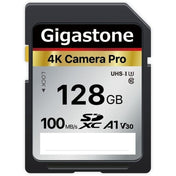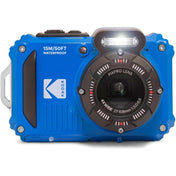Photography is an art that beautifully captures moments, emotions, and storytelling through imagery. Understanding natural light is fundamental to taking your photography skills to the next level, allowing you to create breathtaking images that resonate with viewers. In this article, we'll explore the nuances of natural light in photography, from the golden hours to how you can effectively use tools like the Canon Speedlite EL-5 to enhance your shots.
The Power of Natural Light
Natural light is not just a source of illumination; it profoundly affects the mood and tonality of your photographs. Every photographer must learn how to harness this element to create stunning visuals.
Finding and Appreciating Light
One of the first steps in understanding natural light is observing its presence around you. Different times of the day provide varying qualities of light:
- Morning Light: Often referred to as the golden hour, the first hour after sunrise offers soft, warm light, which is ideal for capturing landscapes and portraits.
- Noon Light: The light during midday can be harsh, creating strong contrasts and shadows. This is the time when many photographers prefer to take a break.
- Evening Light: Similar to morning light, the last hour before sunset casts a golden glow that enhances textures and warmth in your photographs.
Understanding Different Types of Natural Light
Natural light can be categorized into three main types: direct light, diffused light, and reflected light. Each offers distinct opportunities for photographers.
Direct Light
Direct light occurs when sunlight shines directly onto your subject. This type of lighting is especially striking during the golden hour, creating dramatic contrasts and vibrant colors. However, it can also lead to overheating highlights if not managed properly.
Diffused Light
Diffused light, on the other hand, occurs when light is scattered, usually due to clouds, shade, or other environmental elements. This type of light provides a soft quality that is perfect for portraits, as it minimizes harsh shadows and evens out skin tones.
Reflected Light
Reflected light happens when light bounces off surfaces, such as water, snow, or walls. This can add an interesting dimension to your photos. Photographers often use reflectors to enhance this effect and bring more light onto their subjects.
Using the Canon Speedlite EL-5 to Enhance Natural Light
While natural light is powerful on its own, tools like the Canon Speedlite EL-5 can provide that extra edge to your photography. This versatile flash can help illuminate your subject in low-light environments while seamlessly blending with the natural light.
The Benefits of the Canon Speedlite EL-5
The Canon Speedlite EL-5 is particularly useful for several reasons:
- Portability: Light and compact, it's easy to carry, making it an excellent option for on-the-go photographers.
- Versatile Lighting Options: From bounce flash to setting up background lights, this tool allows for creative control over your lighting environment.
- High-Speed Sync: This feature enables you to shoot in bright conditions while still being able to use a wide aperture, achieving beautiful blurred backgrounds.
Tips for Maximizing Natural Light in Your Photography
To take full advantage of natural light, consider these tips:
Study Your Environment
Every location has its unique lighting conditions. Take time to explore your surroundings throughout the day to see how light changes in different areas. The shadows, highlights, and tones can inspire creative compositions.
Utilize Reflectors
As mentioned earlier, reflectors can bounce light onto your subject, filling in shadows and providing balance. They are inexpensive and can significantly enhance your photos. Consider using a white or gold reflector to warm up your subject in the sunlight.
Adjust Your Exposure Settings
Learn to modify your camera settings for the available light. Play with ISO, shutter speed, and aperture to find the correct exposure for different lighting conditions. This exploration often leads to unique creative opportunities.
Mastering Light Angle and Direction
The direction of light impacts how we perceive a photograph. Understanding light direction will radically change your photography results.
Front Lighting
Front lighting occurs when the light source is behind you, illuminating your subject evenly. This is excellent for generating bright, vibrant images, but can lack depth and dimension.
Back Lighting
Back lighting is when your light source is behind the subject. This technique can create a beautiful rim light around your subject, adding a soft glow and emphasizing outlines. However, this approach can be tricky as subjects may be too dark without fill light.
Side Lighting
Side lighting brings out textures and creates shadowed areas, adding depth to your photograph. It is often favored for creating dramatic portraits or showcasing intricate details in a scene.
Capturing Movement with Natural Light
Natural light not only enhances your photographs but can also be used to capture movement effectively. Understanding how to utilize light in these scenarios can lead to stunning results.
Using Shutter Speed
When capturing movement, shutter speed is crucial. A fast shutter speed freezes action, while a slow shutter speed can create a sense of motion. Balancing this with available light can be accomplished with tools like the Canon Speedlite EL-5 to avoid underexposed images.
Staying Aware of Lighting Variations
Always be conscious of how light changes, particularly in outdoor photography. Moving clouds can dramatically alter the available light and enhance or reduce shadows. Just like photographers watch for moments, they must also monitor light conditions.
Working with Different Subjects
Each subject you photograph may require a tailored approach to lighting. Learning to adapt your techniques can vastly improve your outcomes.
Portraits
For portrait photography, utilizing diffused light can provide flattering results. Position your subject facing a window or in open shade for even skin tones. The Canon Speedlite EL-5 can additionally serve as a fill flash if needed.
Landscapes
Landscape photography benefits from natural light when strategies like the golden hour are employed. The warm light can create magical scenes, painting a picture in breathtaking colors. Be patient, scout locations, and wait to capture the best moments.
Product Photography
When photographing products, utilize soft diffused light to avoid harsh shadows and highlights. A lightbox can also greatly assist here, creating an even lighting environment. The Canon Speedlite EL-5 can complement this setup when deeper shadows appear.
Transforming Challenges into Opportunities
Often, the most memorable photographs emerge from unexpected lighting challenges. Embracing unpredictability can elevate your work.
Photographing in Harsh Sunlight
While harsh sunlight is often seen as a hinderance, it can be transformed into a creative boon. Employing shadows, silhouettes, or looking for elements that backlight a scene can yield stunning results.
Cloudy or Rainy Days
Cloudy days can seem dreary, but they provide soft, consistent lighting that’s ideal for portraits and landscape photography. Rain can enhance colors and create a unique atmosphere that can be compelling in your images.
Your Journey with Natural Light Awaits
Mastering natural light is an ongoing journey, one that deepens your connection to photography. Embrace every opportunity to experiment with different settings, times of the day, and the incorporation of tools like the Canon Speedlite EL-5. Your lens will transform the world around you into art, and with perseverance, stunning results will follow. Keep exploring, keep shooting, and let the light guide your photographic journey!

